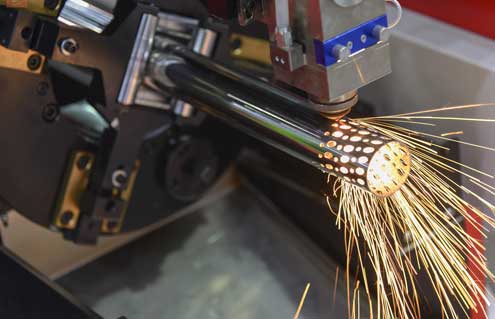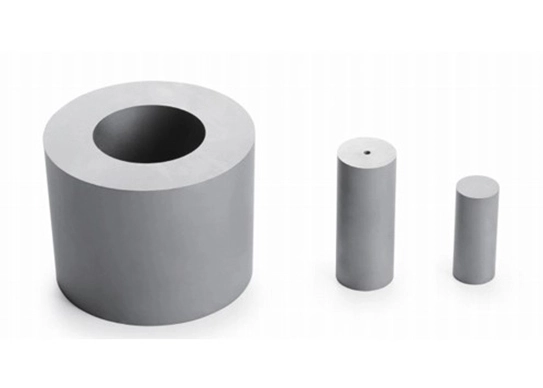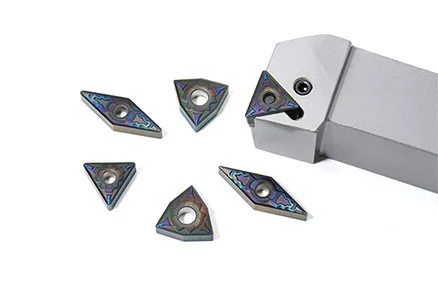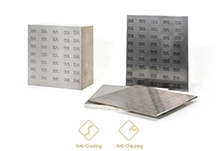In the grand stage of industrial production, there is a tool that, though inconspicuous, plays a crucial role: the turning insert. These tools are like silent heroes, quietly performing important tasks on various production lines. Today, let's delve into this "silent hero" of industrial production.
The Importance of Turning Inserts
Turning inserts are a common cutting tool in machining, primarily used to cut metal materials to achieve the desired shape and size. They play an indispensable role in many industries, including automotive, aviation, shipbuilding, and electronics.
The quality of turning inserts directly impacts the precision and surface quality of the product, and even the efficiency of the entire production line. Therefore, selecting a high-quality turning insert is significantly important for improving production efficiency and ensuring product quality.
Types and Selection of Turning Inserts
There is a wide variety of turning inserts, including carbide inserts, ceramic inserts, and diamond inserts. Different inserts are suitable for different machining environments and materials, making the selection of the appropriate turning insert a highly technical task.
When selecting a turning insert, factors to consider include the insert's material, shape, size, and coating. Among these, the material of the insert is the most important factor as it directly determines the cutting performance and lifespan of the insert. For example, carbide inserts are suitable for machining hard materials like iron and steel, while ceramic inserts are used for machining high-hardness, high-temperature materials.
Correct Use and Maintenance of Turning Inserts
Proper use and maintenance of turning inserts not only extend their lifespan but also ensure machining quality. When using turning inserts, the following points should be noted:
The insert should be securely mounted to prevent vibration or detachment during machining.
The cutting speed, feed rate, and cutting depth should be reasonably selected based on the hardness of the material being machined and the material of the insert.
Inserts should be regularly inspected during use, and worn or damaged inserts should be replaced promptly.
In terms of maintenance, turning inserts should be regularly cleaned to prevent the accumulation of cutting debris and oil from affecting the cutting performance. Additionally, inserts should be properly stored when not in use to prevent moisture or collisions.
Conclusion
Though small, turning inserts play a significant role in industrial production. Only by selecting the appropriate turning insert and correctly using and maintaining it can its performance be fully utilized, production efficiency improved, and product quality ensured. Therefore, turning inserts are the "silent heroes" of industrial production, deserving of our deeper understanding and attention.






